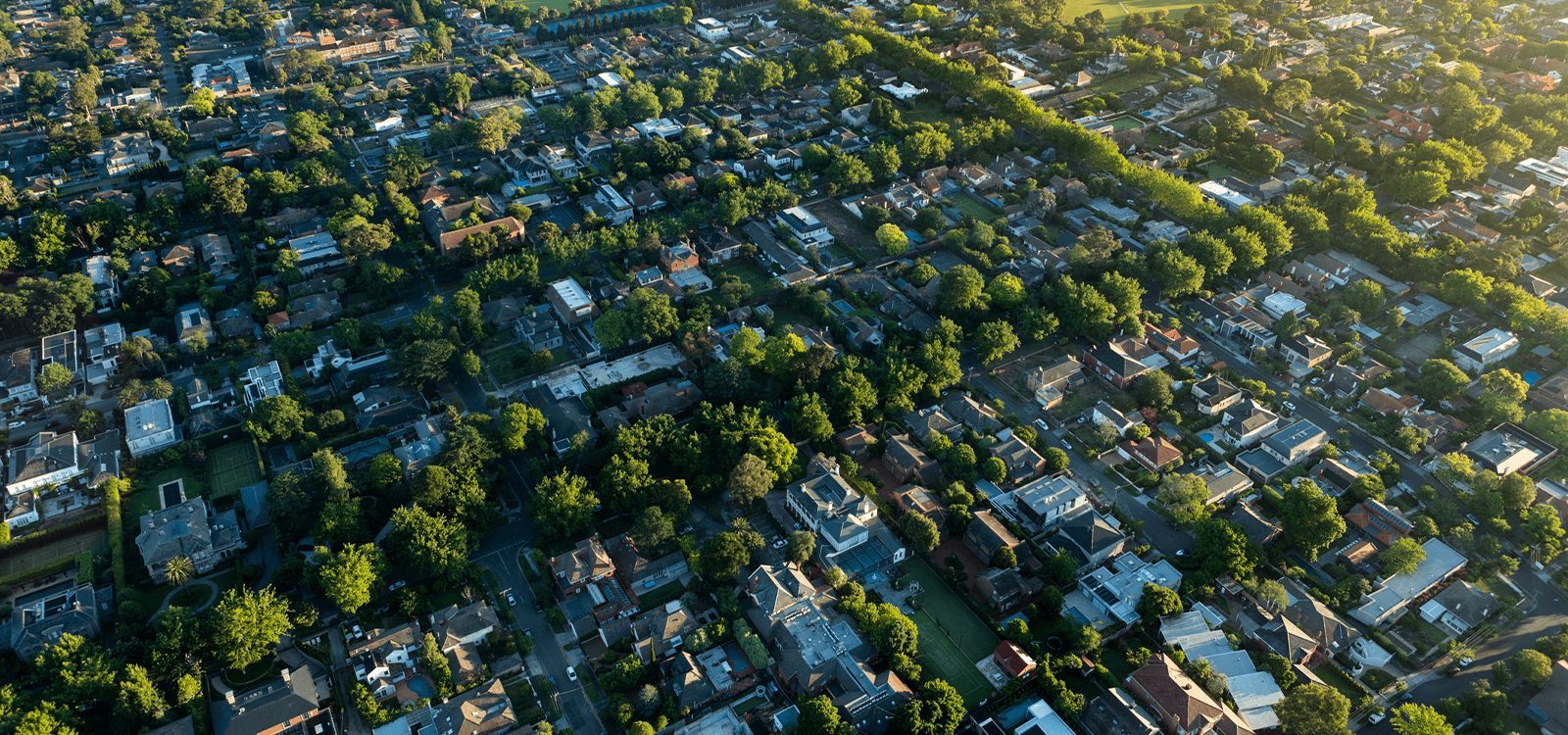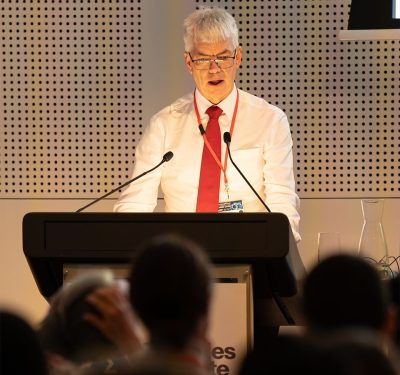
The Great Housing Bubble: Why we don’t have one yet, but it could still burst
This year’s All-Actuaries Summit brought together dozens of speakers to share their research and insights on a broad range of topics. Here, we bring you a rundown of one of the concurrent sessions The Great Housing Bubble.
Australia’s housing market has long been a major topic among industry experts and politicians, remaining a big part of the public consciousness for decades
As pressures such as COVID-19, low interest rates, and concerns over household debt are rising, many experts are trying to make sense of where this will all lead.
During the All-Actuaries Summit, recently retired actuary Richard Lyon, with more than 40 years of actuarial experience, showed that (following recent rapid growth) we appear to have a housing bubble and that there are obvious reasons to be worried about this.
However, as his past analysis has shown, median house prices follow income growth and mortgage interest rates in the long term, with a small residual growth trend. Once this is accounted for, recent prices are not in bubble territory. Nevertheless, prices are high and there is a significant vulnerability to rising interest rates.
In his session, Richard outlined the current stratospheric house prices, showing that at the end of 2021 the average house was worth almost 45 times what it was in 1973. Along with a 27.5% increase in house prices in 2021, all signs point to a bubble.

Richard said what’s worse is the bubble exists when we’re very vulnerable to household debt.
“Household debt is just below its all-time high of 187% of household disposable income,” he said. “Housing debt is now more than 76% of household debt…meaning that it’s above 140% of household disposable income.”
Compared to other countries such as Canada, Ireland, New Zealand, the UK and the US, Australia has had the highest ratio of household debt to GDP.
“We are in very dangerous territory,” he said.
Referring to his research paper, Richard walked the audience through his analysis of house prices since 1970, showing that there was virtually no net growth up to the end of 1995 after accounting for growth in average weekly earnings (AWE).
“All of the growth has come since then….and that’s interesting because we can’t see that distinction very clearly in the nominal price,” he said. “Is this the delayed impact of reintroducing negative gearing in 1987? Or is it perhaps something to do with the end of the Hawk/Keating governments and the election of the Howard government in 1996?”
Richard said that, to get to the bottom of why there was very little real growth in the prices for more than 20 years, and then strong price growth since 1995, we need to consider borrowing power.
“Converting… interest rates into borrowing power, we can see the inverse outcome: borrowing power declined for the first 20 years and has grown significantly since then,” he said.
From his analysis, Richard found there was a 1.3% long-term trend in growth for housing prices after adjusting for AWE and borrowing power. Reasons for the trend include growth in the average house size, use of higher quality materials, and the increasing reliance on a second income.
Richard walked the audience through his findings, looking at the fully deflated price after stripping out average weekly earnings, borrowing power, and the 1.3% long-term trend. His analysis started to tell an interesting story.
“If we measure a bubble by a deflated price above 125, we’ve had one huge bubble in the 1980s with smaller ones in the mid-70s and leading up to the GFC,” he said.
“But you can’t see a boom and bust of any kind in the nominal price.”
Richard said the reason why nominal house prices had generally not fallen when the deflated price was falling is due to interest rates.
“If we look at the historical price, the periods when the deflated price was rising, we can see that the borrowing power was generally falling,” he said.
“That is, interest rates were being pushed up to take steam out of the economy. When the deflated price was falling, borrowing power was rising. Interest rates were being reduced to stimulate a faltering economy.”
In 2021, it was a different story, with trends showing increases in borrowing power when the deflated price was rising.
“It’s only short this period, but it’s going in the wrong direction,” Richard said. “What it suggests is that interest rates should have been rising in the latter part of 2020 in order to take some heat out of house prices. The RBA may have missed a trick.”
Richard acknowledged that he had believed that rates should be kept low on the basis inflation is currently not driven by demand, but by non-discretionary supply constraints.
“That lack of discretion is important because it’s different from the choices made by say OPEC in the mid 70s that drove up oil prices and literally fuelled inflation.”
With the data painting a vivid picture, what comes next? Richard said it was clear that interest rates will rise and affect borrowing power. This means that house prices are vulnerable right now. A 1% increase in mortgage rates would reduce the deflator by 10%.
“We’ve seen nominal prices fall by more than 5% in the past, especially in more recent times, but we haven’t yet hit 10%,” he said.
“And yet at the moment, we hear commentators very happy to talk about expected falls of more than 20%. I’ve even seen one third and one-half being talked about as the amount by which house prices will fall.”
While momentum was still positive last year, Richard said that it hasn’t put a stop to “doom-and-gloom commentary” amid the expectation of interest rate rises.
“If the momentum continues to be negative and gets worse, it will ultimately exacerbate any fall in the deflator. If the deflator is going to go down by 10%, and momentum is also taking us down, we will go down by more than 10%.”
Richard said the current deflated national price was at 113% at the end of 2021. If his analysis is correct, getting back to 100% would remove more than 10% from nominal prices.
He added that if mortgage rates increased by 1% quickly, before average weekly earnings and trend growth could mitigate the impact, prices could fall by around 20%.
But in the middle of an election, with promises to help first home buyers and to build more affordable housing, prices may continue to rise.
“It’s really anyone’s guess, but a meltdown in house prices seems unlikely to me in the context of history and in the context of the efforts that politicians and the Reserve Bank would surely make to prevent it,” he said.
“The trend and the fundamentals are only part of the story,” he said. “They explain what’s been going on in the long term, but all they do right now is demonstrate that prices aren’t particularly high right now relative to fundamentals.”
CPD: Actuaries Institute Members can claim two CPD points for every hour of reading articles on Actuaries Digital.






